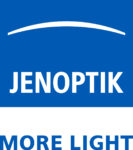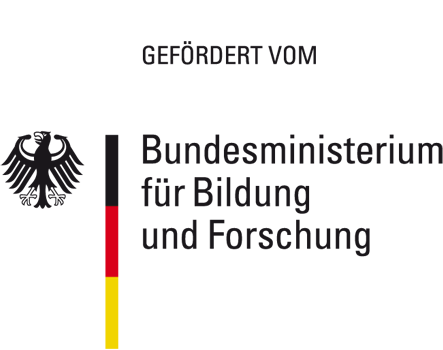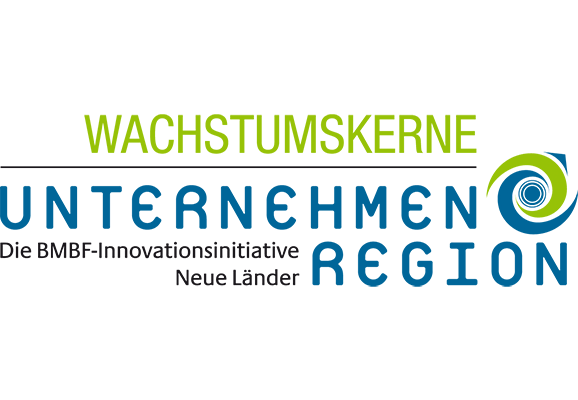Four Episodes ∙ Great cast ∙ LEARNINGS GUARANTEED
While classic optics have reached their limits, freeform optics make the physically feasible possible. Freeform optics open up completely new possibilities for manufacturers of life science products, automation solutions, and sensor technology. fo+ is an alliance of scientists, developers, and manufacturers offering users from high-tech areas the opportunity to learn more about the possibilities that freeform optics offer, as well as their fields of application and optical properties.
TARGET AUDIENCE
This series is aimed at developers and product managers working in life sciences, the automotive sector, laser material processing, sensor technology, and consumer electronics, who are looking for new standards, ambitious solutions, and excellent performance.
Episode #1 • January, 20
Skipping Limits – Freeform Optics for Autonomous Industrial Applications

VIS and infrared cameras along with LiDAR sensors will take over the tasks that currently rely on human vision in future autonomous vehicles in Industry 4.0 applications. Illustration quality is decisive for precision, high-throughput, and safety. With growing demands for data quality and constructional parameters such as weight and size, the requirements for optical systems are also increasing. Classical spherical optics quickly reach the limits of what is physically feasible. The still growing field of freeform optics on the other hand offers new solutions and promising possibilities for overcoming the limitations of classical optics.
In the 1st episode of our virtual workshop series, learn how
- Reproducible results through to outstanding manufacturing capabilities can be achieved
- Freeform optics enable complex systems despite reduced components
Attendance is free of charge.
REGISTRATION for 1st episode »
Episode #2:
Shaping the Future – Freeform Optics for Laser Material Processing
![]()
asphericon presents new beam shaping concepts based on freeforms, latest research results and discuss different application scenarios.
More information on the date and content will follow shortly.
Episode #3 • March, 23
Measuring methods – with and of Freeform Optics
 Freeform micro optics produced on wafer level create new possibilities for custom spectrometer designs for applications like remote sensing for agriculture where highly portable and inexpensive solutions are necessary and inspection of complex surfaces in electronics electronics manufacturing where precise high speed measurements are of the essence.
Freeform micro optics produced on wafer level create new possibilities for custom spectrometer designs for applications like remote sensing for agriculture where highly portable and inexpensive solutions are necessary and inspection of complex surfaces in electronics electronics manufacturing where precise high speed measurements are of the essence.
POG will present two examples: a fully miniaturized spectrometer for hyperspectral imaging using a micro optics array, grating and multiple aperture layers and a massive parallel chromatic confocal depth probe for surface topography measurement.
 In the production process of optical components containing freeforms the metrology has been a mayor limitation. A new practical approach to deal with the task of the measurement is presented by MAHR. The measuring system can measure the freeforms and fiducials in a very flexible way. A part of the solution is also the data transfer and the creation of measuring process without extensive programming.
In the production process of optical components containing freeforms the metrology has been a mayor limitation. A new practical approach to deal with the task of the measurement is presented by MAHR. The measuring system can measure the freeforms and fiducials in a very flexible way. A part of the solution is also the data transfer and the creation of measuring process without extensive programming.
More information on the registration will follow shortly.
Episode #4:
![]()
![]()
More information on the date and content will follow shortly.



